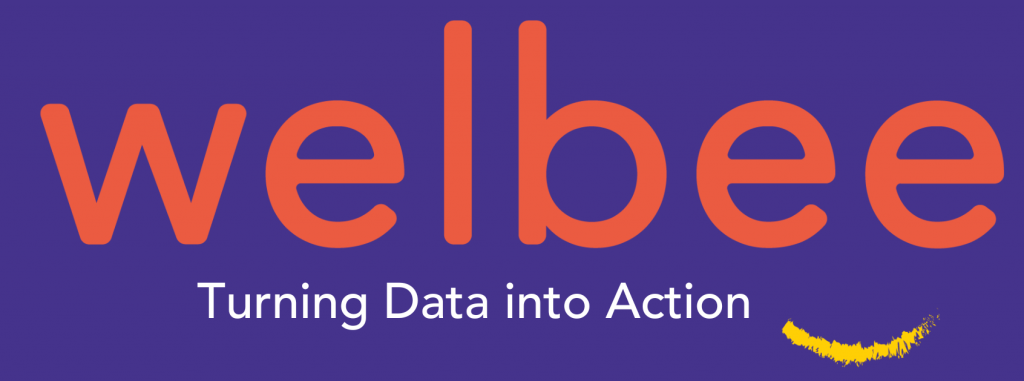
You have measured your current staff wellbeing (reviewing your school data and running a survey). Your aim now should be to use these findings to improve staff wellbeing by setting clear goals and making staff wellbeing a part of everyday school life, rather than arranging one-off events, such as a wellbeing day.
While a wellbeing day and other one-off actions may be things you add or use in the future, they should not be where you start. These are likely to tackle symptoms rather than causes and will not do much for a staff member who is not engaged or feeling valued.
Start by sharing results
Sharing your results with all staff and other key stakeholders means they are more likely to be involved in creating the plans and solutions. We make this easy by including a PowerPoint of results and however you choose to share, this is a very important step. Engaging everyone will help to make staff wellbeing simply part of the school’s everyday culture.
You should ask them to take responsibility for their own wellbeing and supporting that of colleagues – it isn’t just down to the senior team to resolve issues.
Raising the awareness of and ensuring all leaders understand and demonstrate the competencies proven to prevent and reduce stress in staff is important. It will help create a culture where others thrive and want to work. Yet staff wellbeing is everyone’s business.
Set your goals
Improve staff wellbeing by setting clear goals. Make these specific and ensure they fit with your school vision and values. If they don’t then you should find a way to change and incorporate them and ensure they are aligned with the actions you will take.
Prioritise a small number of steps and develop the right leadership behaviours across your senior and middle leadership team so they are strong role models, if you want the fastest results.
Add these into your School Improvement or Development Plan and they become part of business as usual and are monitored and reviewed regularly. Examples of very quick wins include making sure there is regular and authentic staff recognition (in the moment and not simply through shout outs) and just making sure people are asked ‘how are you’.
These are examples of goals that schools we work with have set as part of their planning process.
- Setting specific school working hours (including aspirations for limiting work that staff might do at home).
- Agreeing email protocols, for example; when to use, format, use of the copy function, at what times emails should not be sent so as not to invade ‘home time’. This doesn’t stop others actioning work at times convenient to them (as we know this can also cause anxiety and impact on mental health). It is about becoming disciplined in when you send them. Set a time or leave them in drafts until it is an appropriate time for them to arrive in colleague’s inboxes.
- Number of meetings to be held, including agreeing ‘rules’ for effectiveness (for example they must start and finish on time, preparedness, limiting items to be discussed, attended by only those that need it, etc.).
- Every leader to catch one (two / three) staff members doing something right each day. This needs to be specific and authentic and is usually something you are very good at doing with students.
- Time spent on marking and planning practices, including steps to help staff stick to them.
- Reducing the regularity of data and reporting requirements.
- Agreeing team rules for courtesy and behaviour – and ensuring they are implemented.
- Specific leadership behaviours adopted (and supported through coaching, praising and holding leaders to account).
- Setting specific targets for the number of staff leaving and/or for staff absences.
- Choosing specific scores from your survey and setting targets for improvements when you run it again.

These are just some of the goals you might set. Make sure they are measurable – the usual SMART tips apply (Specific, Measurable, Achievable (with stretch), Relevant and Timescale). This will make it easier to track and share the progress that is being made in improving staff wellbeing. Do regularly celebrate successes and every small win and communicate, communicate and communicate.
You should also agree who will lead and have responsibility for managing each goal. Identify supporters, champions and potential blockers as part of this step.
Once you have done this and set down your specific plan you can move to action.
If you have any questions about improving staff wellbeing by setting clear goals or are looking for advice and support on any aspect of staff wellbeing, you can get in touch here.







